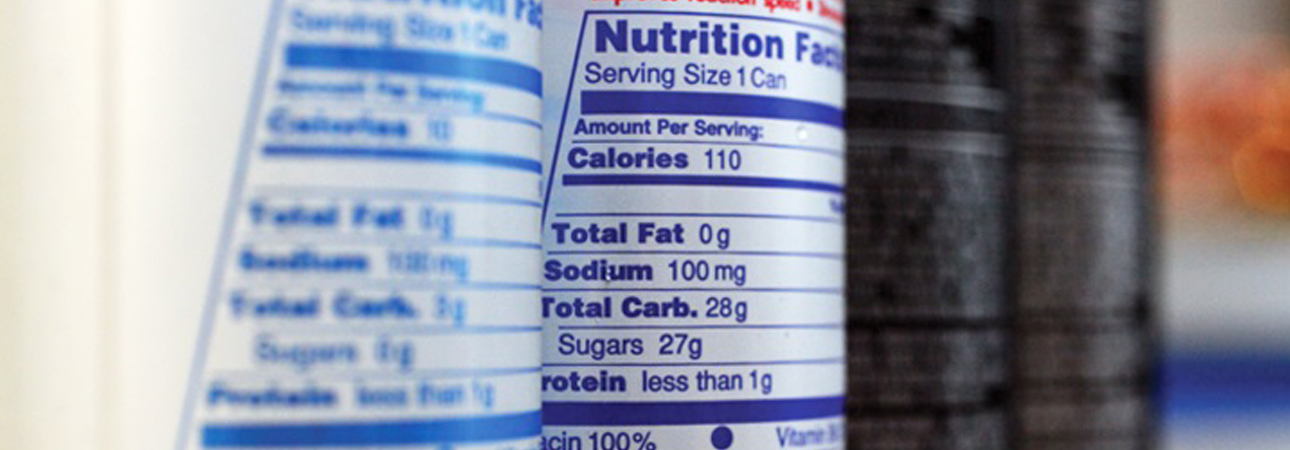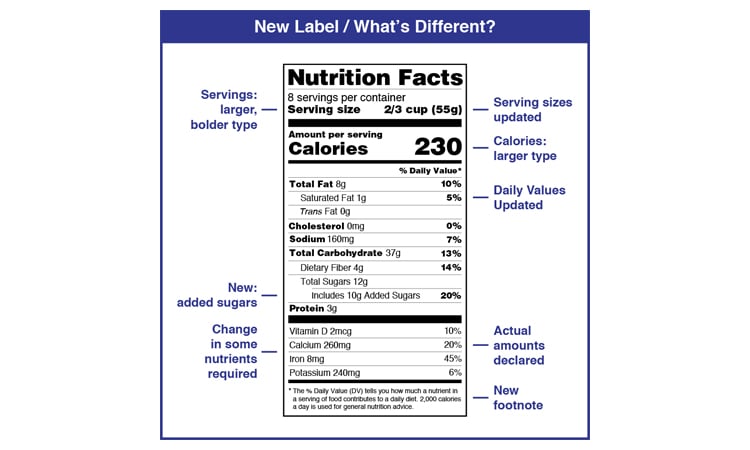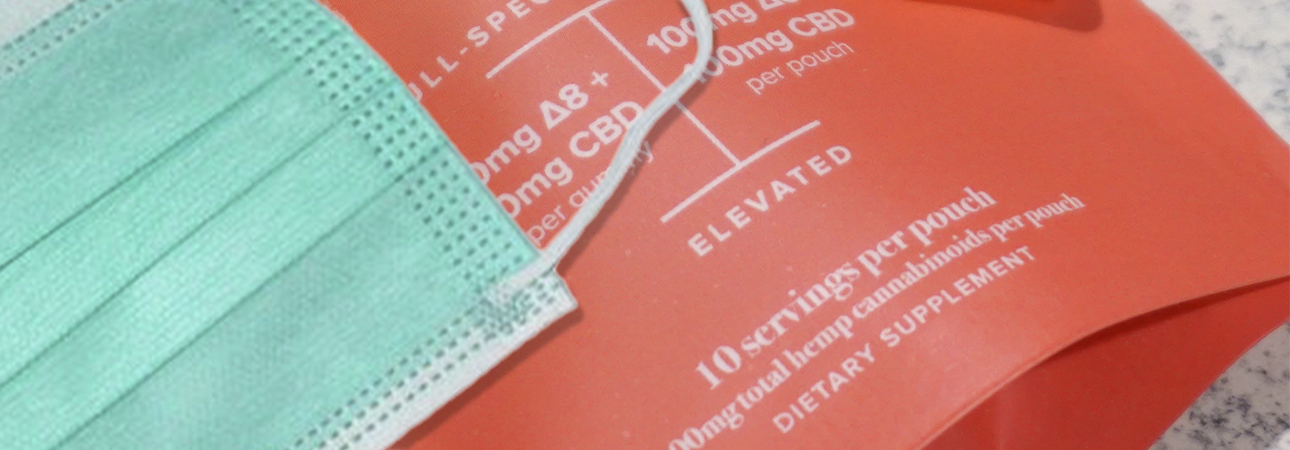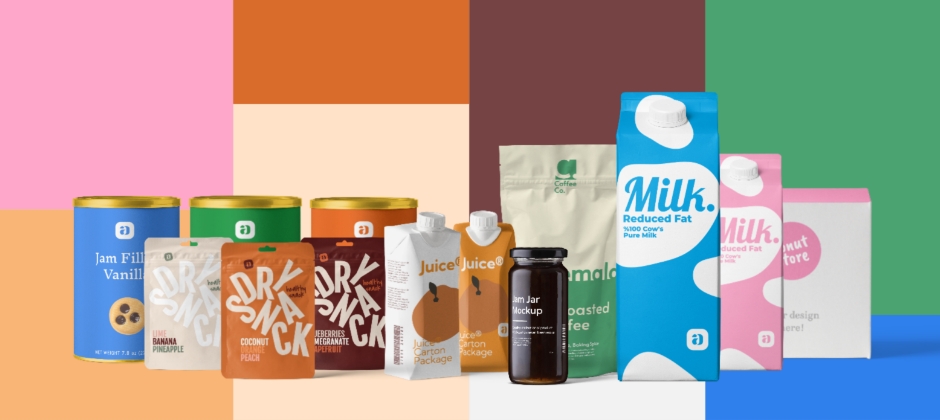Did you like the article? Share it!
What you need to know about nutrition facts label for your products

Optional until 2011, the nutrition facts label became mandatory with the entry into force of EU Regulation no. 1169/2011 for almost all food products packaged, distributed and marketed in a country of the European Union and beyond and intended for the final consumer.
If you have an historic food company, you know what we are talking about. If, on the other hand, you are new to this sector, you may need some more information. Let's see together some important elements to take into consideration in terms of the nutrition facts label.
WHICH FOODS REQUIRE THE NUTRITION FACTS LABEL?
The obligation applies only to 'prepackaged' food products to be sold to the final consumer and to bars, public establishments, restaurants and catering.
If the product is intended exclusively for sale to the activities mentioned above, it is not necessary to put the nutrition facts label on the product label itself but you can simply send it to the customer like a technical sheet.
All pre-wrapped products intended for direct sale such as cheeses with the supermarket label on and food products sold in bulk are excluded from the nutrition facts table obligation. In this case, however, it is important to indicate the specifications of the allergenic ingredients.
In addition, a general derogation is established in favor of a series of products such as unprocessed foods, processed foods subjected only to seasoning, flours, mineral waters, micro packs with the largest surface of less than 25 cm², flavorings, spices, herbs, sweeteners, jellies, enzymes, chewing gum, glass bottles, food supplements. All products made by micro-enterprises with less than 10 employees and less than <2 million in turnover), sold at "local level" are also excluded.
WHAT SHOULD I OUT INSIDE THE NUTRITION FACTS LABEL?
The data to be included in the nutrition facts label are not at the discretion of the manufacturer.
In fact, this information must be entered in a specific order and written with a specific vocabulary.
Here is the necessary data:
- energy (kJ, kcal),
- fats,
- of which saturated fatty acids,
- carbohydrates,
- of which sugars,
- fibers (on a voluntary basis),
- proteins,
- salt (intended as sodium, of any source, by 2.5).
This information always refers to 100 grams or milliliters of product with the possibility of adding data per serving.
The important thing is that the number of portions contained in the sales unit should be clearly indicated.

HOW DO I ESTABLISH THE VALUES TO INSERT IN THE NUTRITION FACTS LABEL?
At the choice of the producer, the "average values" to be declared can be obtained from three sources:
- laboratory analyzes conducted by the manufacturer;
- calculation “made from average values (known or actual) relating to the ingredients used”;
- calculation on the basis of “generally established and accepted” data provided by a database;
Surely the first option is the best. The calculation based on the ingredient can be distorted by the manufacturing processes while the use of databases is sometimes not very reliable on foods subject to recipe variations.
IS THE NUTRITION FACTS LABEL THE SAME ALL OVER THE WORLD?
Unfortunately, the answer is no. Although the product and consequently its nutritional characteristics are always the same all over the world, the indications to be reported on the label may differ according to the country in which the product is sold.
So if you're wondering if a simple translation of the nutrition facts label into the various languages is enough, the answer is no.
For this reason, we recommend you to contact an expert depending on the market in which your product will be sold.
To find out more, contact us!
Next





